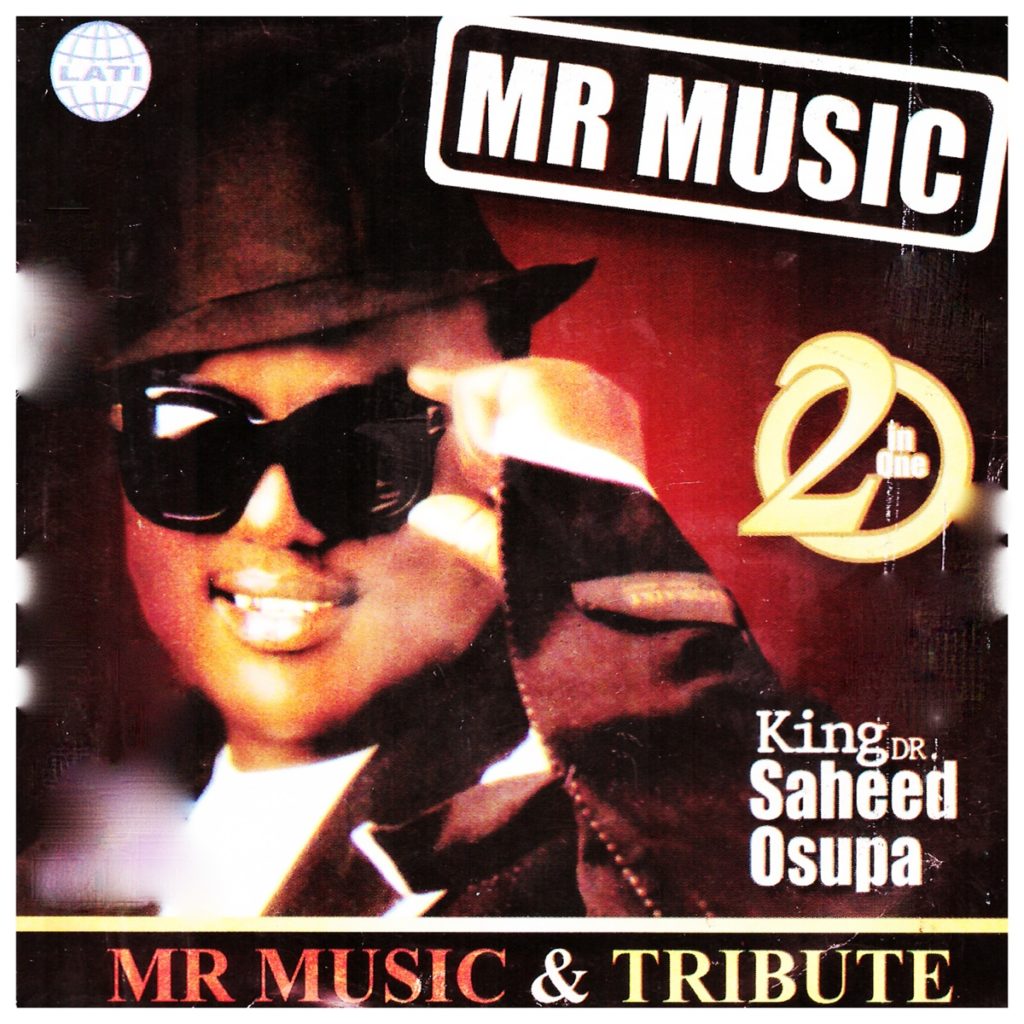Away from the bubbly Afrobeats scene, the Fuji music world has been buzzing with fights and debates. For over a month, die-hard fans of Fuji music have gathered under canopies, lined up streets and made merry in various hotels in Ibadan to witness Fuji OGs Taiye Currency and Tiri Leather throw jabs at each other with their live band. The situation escalated into a ‘Verzuz’ of Fuji artists: Saheed Osupa vs. Pasuma; Saheed vs. K1 on X (FKA Twitter).
The back-and-forth about the most impactful, lyrical and best-selling Fuji act soon became my cue to highlight the greatest albums the genre has produced over the years.
From the iconic harmonies to the infectious beats, these Fuji albums (in no particular order) have revolutionised the genre, soundtracked lives, shaped culture, and made bodies shake.
Aiye! — Sikiru Ayinde Barrister
Barrister’s music is the type to dance to and also pick up lessons from. On his album Aiye! (1980), he sings about the Disneyworld in Orlando which received an increase in African tourists. That song earned him the “Keys to the State of Florida.”
Beyond an American experience, this album’s message gets deeper. It’s laced with proverbs, metaphors and witty sayings about life, trust and human behaviours. On the Side B, Apala Fuji System Medley he addresses and refutes the allegations against him as a conspirator in the death of Apala singer, Ayinla Omowura, and commiserate with his family and loved ones. For context, Barrister had a fallout with Ayinla in his lifetime and Kollington (who Barrister also had an issue with) was always closer to Ayinla.
In the album, Barrister laid curses on whoever had a hand in Ayinla’s death. That was his way of saying his hand was as clean as a white glove. He had to do it — Ayinla had a large following that could take Barry’s silence for complicity and cause him physical harm. It’s no wonder the album’s title translates to “Life” and came out the same year (1980) Ayinla tragically passed away. This album is the Bible for Fuji artists.
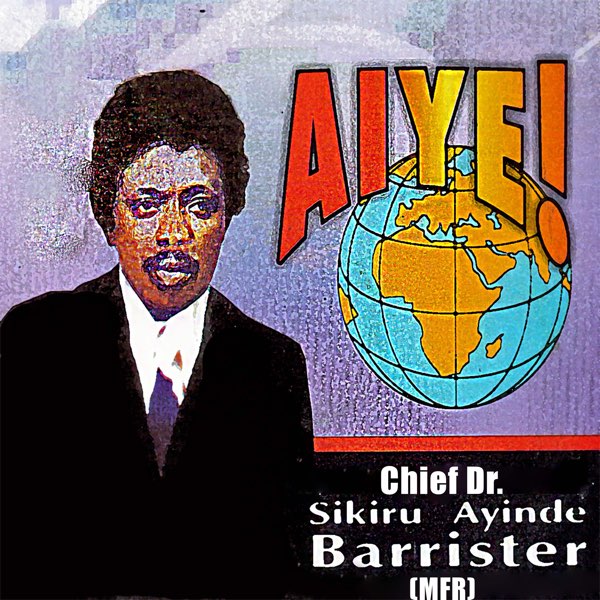
Fuji Garbage — Sikiru Ayinde Barrister
On this 1988 album, innovation is at its peak. In its opening, one could have easily mistaken it for a Fela Kuti song intro because of its chiming chords and jazzy feel. But Barry fuses other sounds with Fuji to leave strong impressions that he’s in-tune with the times, versatile, capable and on a plane higher than his peers. Fuji Garbage was so successful that he did several versions of it, and that marked a tonal shift in his music at the time. With the arrival of Fuji Garbage, Juju music was pushed to the backseat.
You may be wondering, why Fuji Garbage? This means that as the biggest in the Fuji world, he’s not immune to insults and ridicule that come with success. But there was also a necessary need to distinguish himself.
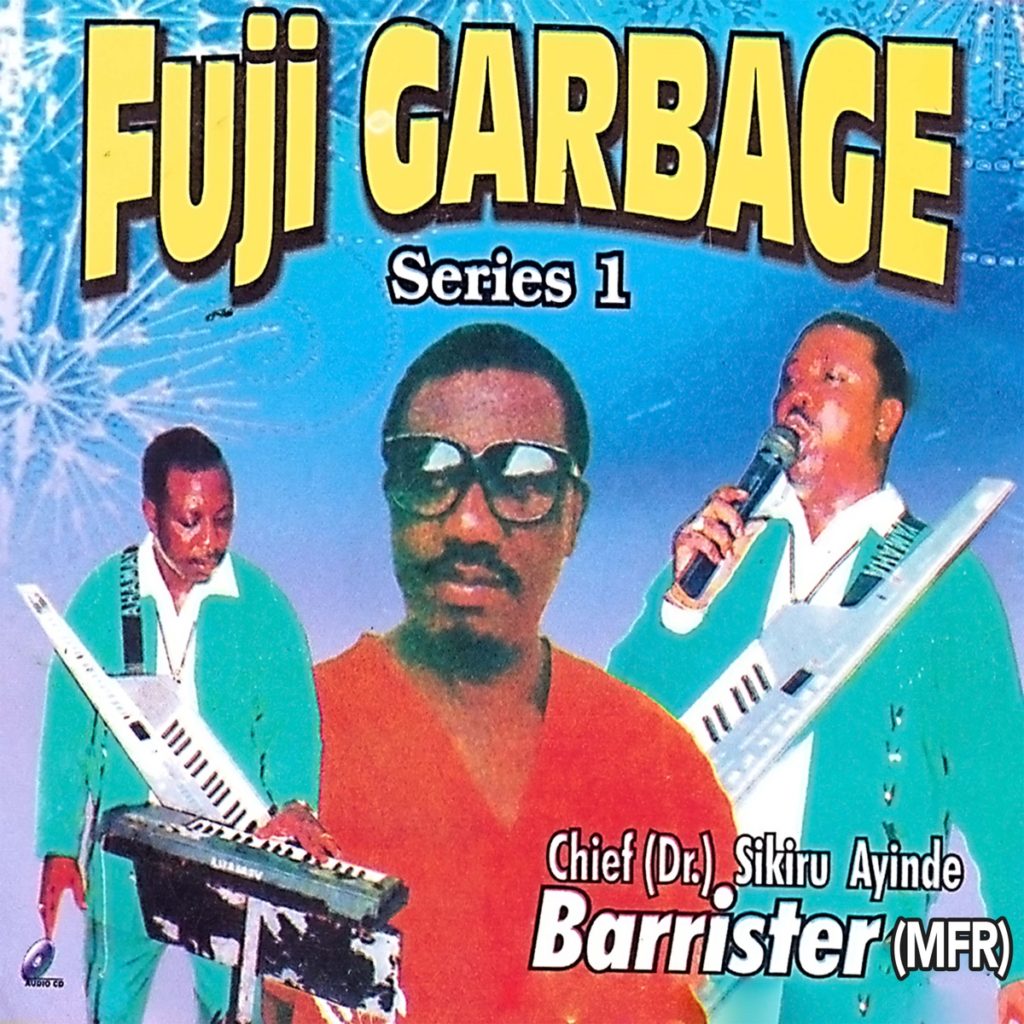
Ijo Yoyo — Kollington Ayinde
Fuji music with up-tempo, fun dance moves, and quests for ladies are the unmistakable descriptors of Kollington Ayinde’s Ijo Yoyo (1989). Ijo Yoyo registered a new dance and an untamed party ambience in Fuji for Gen X in South-West Nigeria. Kollington’s Ijo Yoyo was the culmination of his late 80s-early 90s run when he held his own, not only against Barrister, but also King Sunny Ade and Sir Shina Peters.
His public service message for the census also won him some accolades from the Ibrahim Babangida government. Iyo Yoyo is Kollington’s magnum opus. It solidified his claim as “Professor Master”. Also, the impact of this album can be traced to younger Fuji acts like Obesere whose “Asakasa” style is a legacy of Kollington.
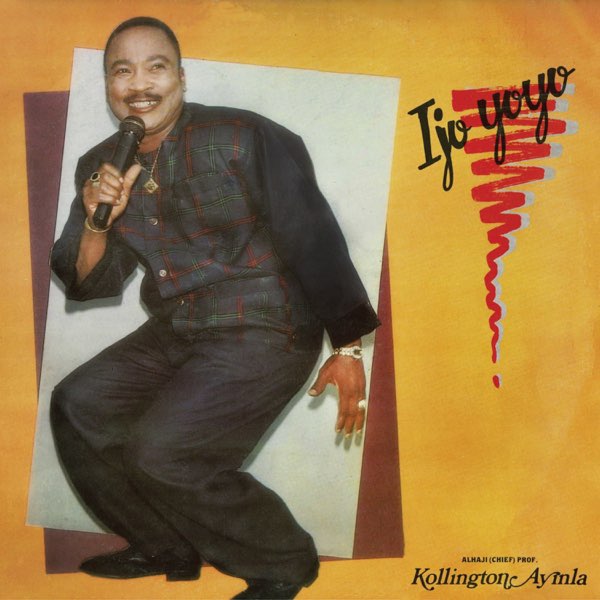
Mr Johnson Play For Me — Adewale Ayuba
The Mr Johnson Play For Me album (1992) meshes folk, country and African rhythms with the themes of Fuji pride and a good time. Here comes the suit-wearing, corporate-swagged Fuji vocalist and class-act who calls his brand of music “Bonsue”. Mr Johnson Play For Me was Ayuba’s coming-of-age album, after being seen more like an “outsider”. He was young and educated. His two preceding albums were well received and he toured America, only for it to be reported that he was arrested for drugs. Not true.
Ayuba warns people to stop calling him “The rave of the moment,” in this album. He states that Michael Jackson sang since he was a youngin till the moment he began his Fuji music, yet no one restricted MJ to a particular moment or era. Ayuba states that he is “current forever.” If you care to know how that argument has stacked up over the years, Ayuba still has the older and younger generations in his listening and streams dashboard.
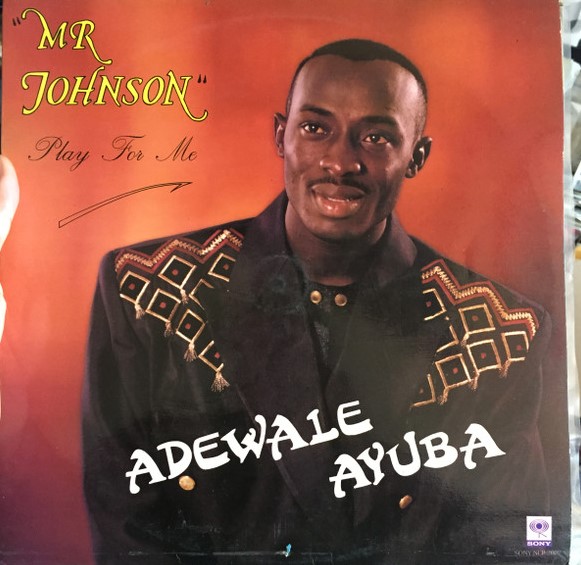
Reality — Sikiru Ayinde Barrister
Reality (2004) starts on a light braggadocious note. Sikiri Ayinde sings, “If you wanna see Barry Wonder, you go see wonder.” Then he dives into the narratives of jealousy, envy and enemies that act like friends. He sings about ordinated destiny, que sera sera, his bus conductor days at Obalende and other struggles. Barrister croons about his breakthrough, ridicules the wicked eyes and flexes his will to enjoy his life to the fullest and without a bother.
This album didn’t leave out entitled people — the kind who only take, take and benefit from others, and think it’s their right. Barrister makes it clear that people who only stay in times of prosperity and leave during adversity usually end up painting their benefactors badly. This is another Barrister classic album, serving listeners life lessons and mastery of language. It was the penultimate album before he died, and it was somewhat foreboding.
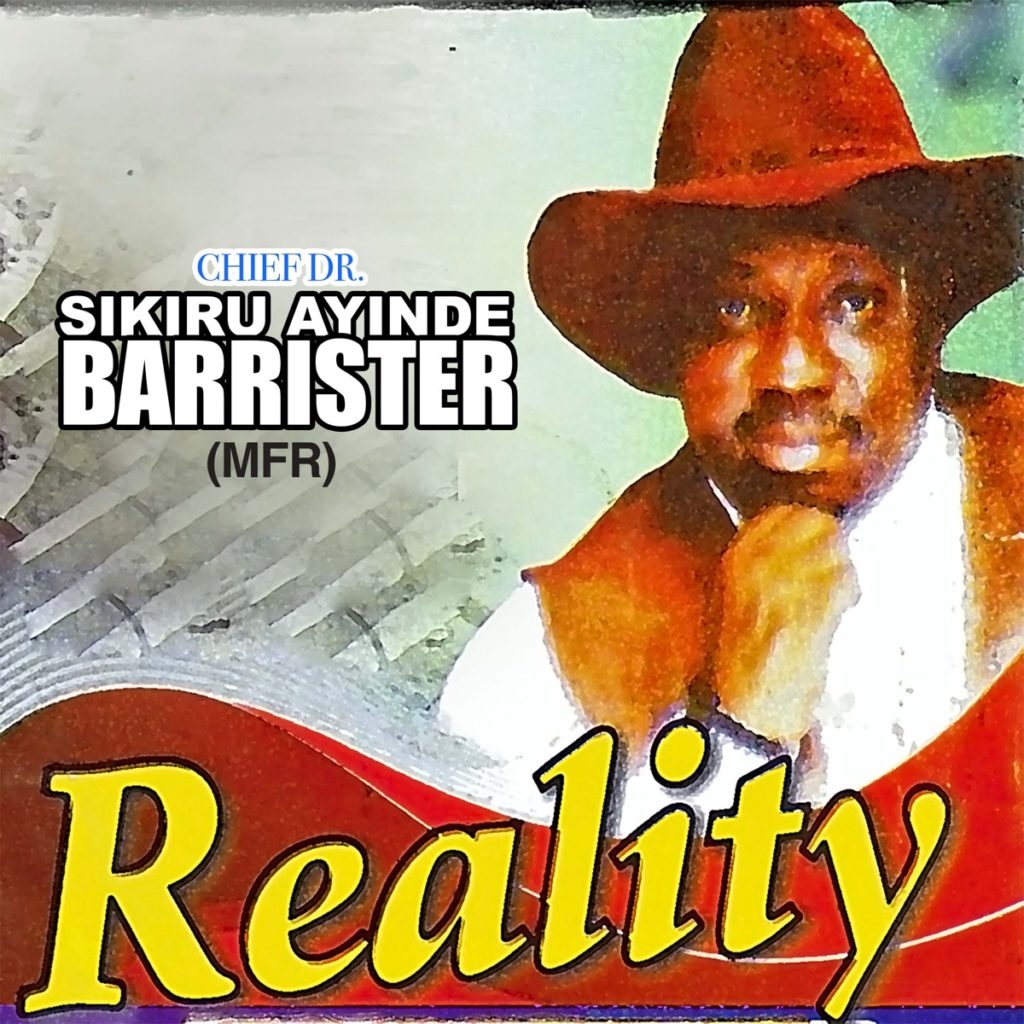
The Ultimate — Wasiu Ayinde Marshal
The Ultimate (1993), is the self-acclaimed title and compliment that staples the status of Wasiu Ayinde, AKA K1 De Ultimate or KWAM1, as a king of Fuji music. It’s an apt body of work because K1 was crowned the King of Fuji (Oluaye of Fuji Music) after the album dropped, the same year at NTA Ibadan. The music is fast-paced, jiggy to wiggle to and easy to sing along.
K1 had been known as Barrister’s protege in the preceding ten years, even long after he had left the man. On The Ultimate, he lightly embraced the “yuppie” approach to the music, and had dropped the “Barrister” style he used for a few earlier albums.
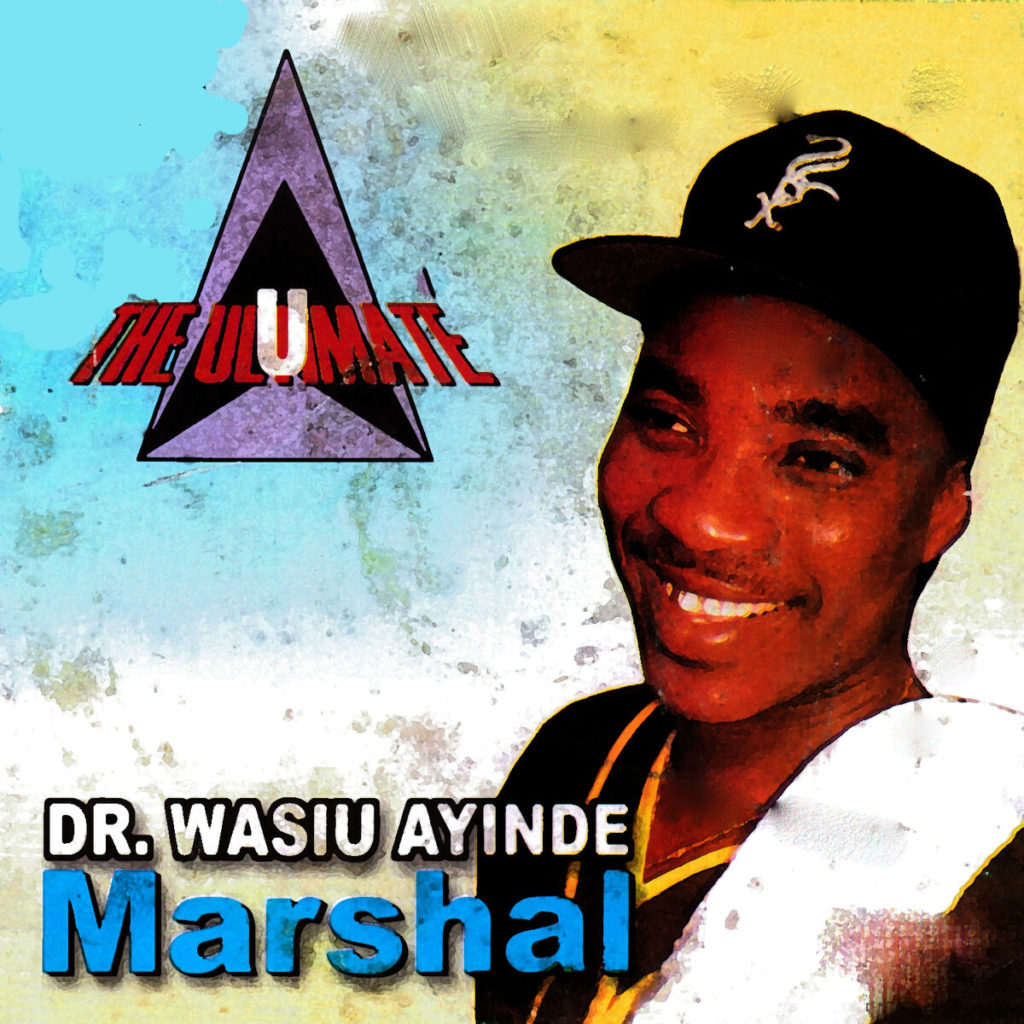
Consolidation — Wasiu Ayinde Marshal
In 1995, K1 threw secular music listeners into a frenzy with the love song, Show Colour Medley (the Side A) off his Consolidation album. “Show colour” means to show one’s true nature. The Side B of the album is Power to the People Medley. In its first few minutes, he mildly talks to the powers that be, then he adjusts his Fuji crown and assumes authority. Consolidation was the first time he would announce himself as “King”, much to the annoyance of all concerns. The album caused beef with his peers and his seniors alike. He doubled down on Legacy, the next album, as if to say he’d done it all and was paving the way for others after him.
K1 also fondly reminisces about the day he was crowned King of Fuji (Oluaye Fuji Music) in 1993. He spends the rest of this album eulogising the deceased and hailing his seniors and folks in high places. Not only have the phrases, slangs, and one-liners that K1 placed in this album impacted younger generations, but they show that the coolness and spontaneity of the older generation are necessary ingredients for a catchy recipe.
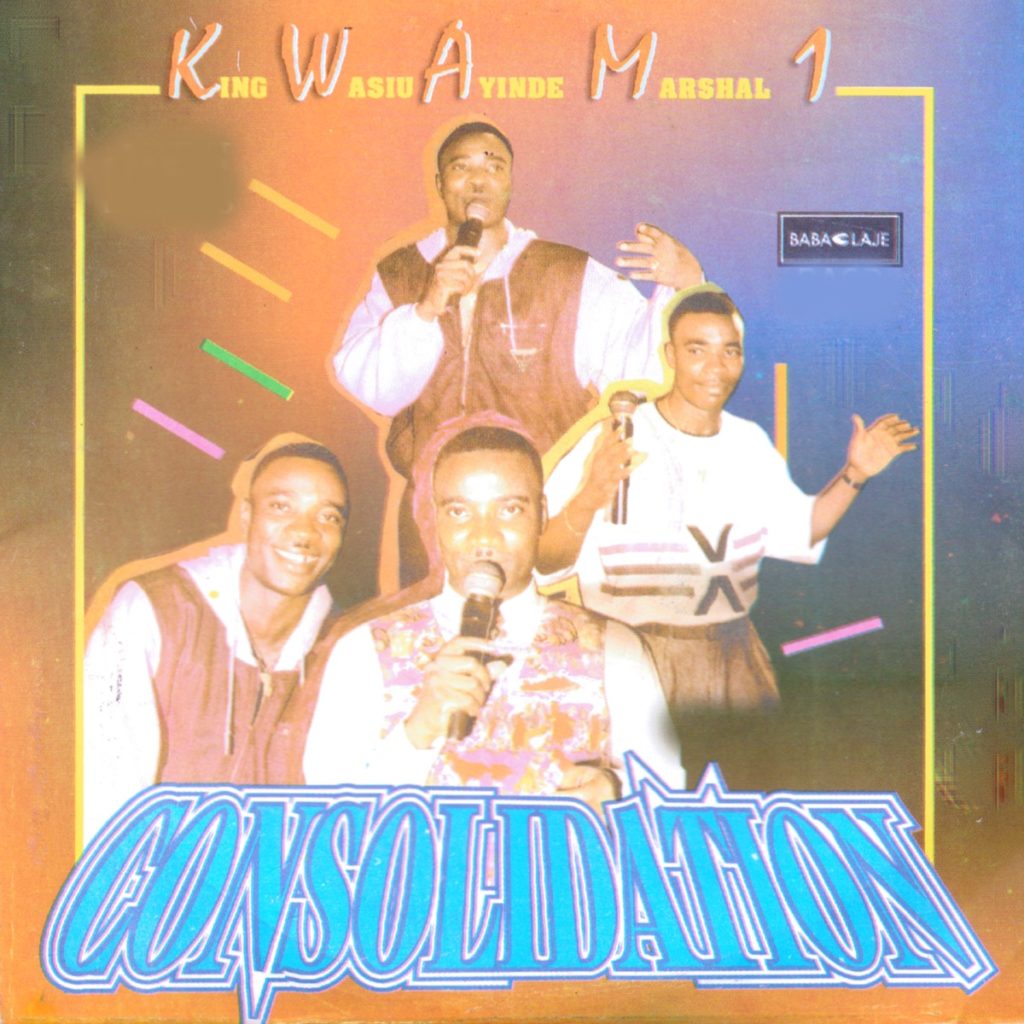
Orobokibo — Pasuma
Thirty years ago, Pasuma called himself the Crown Prince of Fuji on his life-changing Orobokibo album. It was so huge that it carved a new niché that went mainstream and became a blueprint for contemporary Fuji artists. As a Mushin-bred guy with street orientation and credibility, he had street slangs and phrases in abundance, and he adorned them in the music. The Orobokibo era is when Hip-Hop began to be globally impactful, from music to fashion and lifestyle. It’s not hard to tell why most of Pasuma’s style and branding leaned heavily on Hip-Hop culture. One look at his fashion, and one could tell that he wasn’t going to be traditional. He was influenced by Hip-Hop, and that choice continues to date.
The success of Orobokibo attracted Afro-Hip-Hop guys like The Remedies to Pasuma who he ended up making Jealousy with. This further solidified Pasuma’s relevance in Nigerian pop culture. Due to Pasuma, the word “Orobo” which he credits to one of his backup singers became an evergreen term in the Nigerian vocabulary. In the Orobokibo year, Pasuma won Best Fuji Artiste at the 1995 edition of Fame Music Awards (FMA).
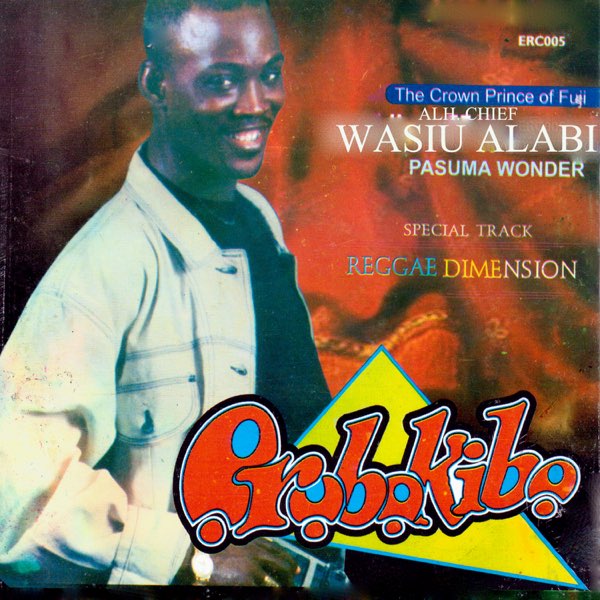
Overthrow — Obesere
Obesere, AKA Omorapala, has been termed controversial all his career. He provoked reactions with his lyrics and dancers. He aimed for the crown too, and on Overthrow, he makes the claim that he has taken over. One of the most successful albums in his career.
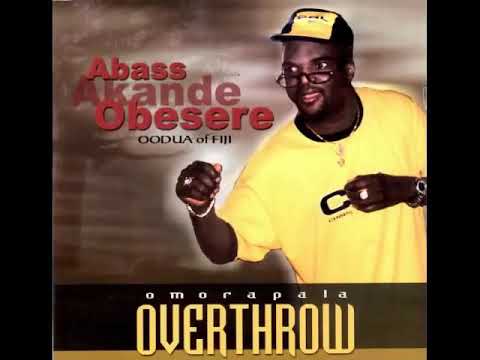
Mr Music — Saheed Osupa
At the peak of his career, Saheed Osupa released Mr Music in 2008 — a title born out of his perceived victory in the feud with fellow musicians like Pasuma and Wasiu Ayinde Marshall. This album became the first-ever 4-in-1 music project — packed with wisdom from his ancestors, parables, shots and punchlines aimed at his detractors.
Mr Music marks his ascension to his self-acclaimed King of Music title. If you look around the Fuji world today for a musician with outstanding lyrical ability and smooth use of figurative expressions, Saheed Osupa should be number one.
